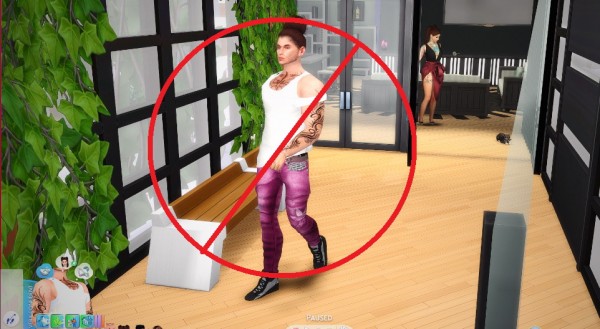

The World Health Organization estimates that around 15% (over 1 billion people) live with a disability. She points out in her video ( ‘Why The Sims Needs Disabilities’) that a large percentage of the world’s population has some kind of disability. Videos have also been made about including disabilities in the game by EnglishSimmer and YouTuber Jessica Kellgren-Fozard, who has disabilities and lives with chronic illness. Consequently, the Sims Team has been able to gain direct feedback that wasn’t possible with previous games. Because The Sims 4 was released in 2014, when sites like YouTube became extremely popular, there are a lot of videos about how inclusivity could be improved. On social media, The Sims community are very outspoken about what they want from The Sims 4 especially when it comes to making the game more inclusive. Whilst The Sims has come a long way from having 3 skin tones and only heterosexual marriages in The Sims 1, issues remain with inclusion in the game, including the lack of representation of disabilities. Updates have made Create-A-Sim more flexible regarding gender expression in 2016, and over 100 new skin colours have been added.

Since then, the game has completely transformed into becoming arguably the most inclusive instalment of the franchise.

When The Sims 4 launched in 2014, there were a lot of complaints about key features that were missing, such as pools, toddlers and colour wheels, which led to skin tones and hair colours being less customisable. Issues remain with inclusion in the game, including the lack of representation of disabilities As a result, Alice asks, ‘For a game that represents life, shouldn’t The Sims represent all aspects of it?’ There has been growing online discourse about whether disabilities should be included in The Sims franchise.


 0 kommentar(er)
0 kommentar(er)
